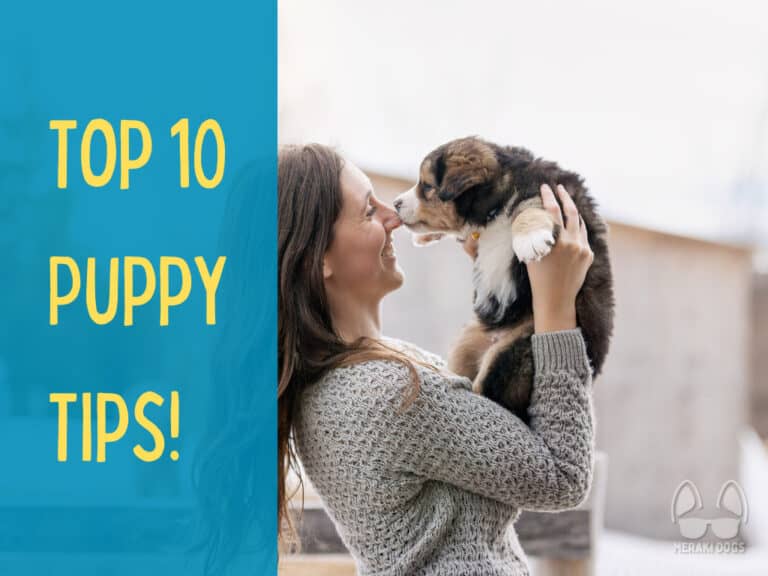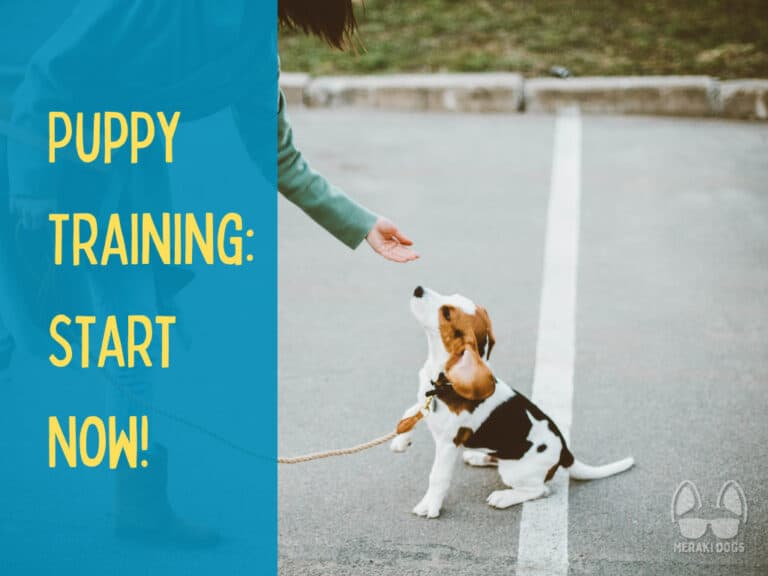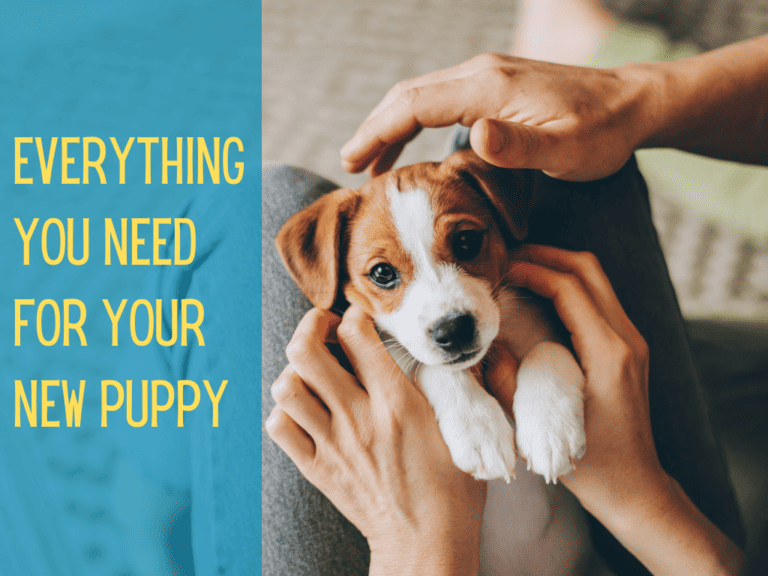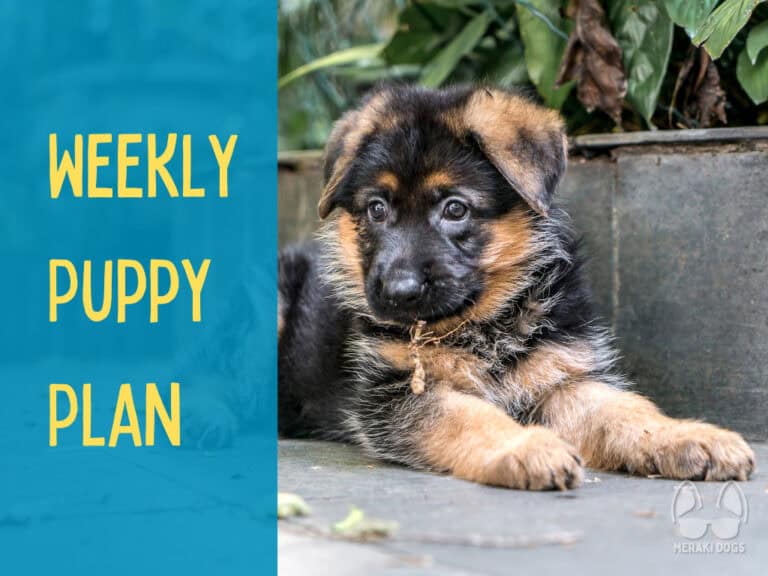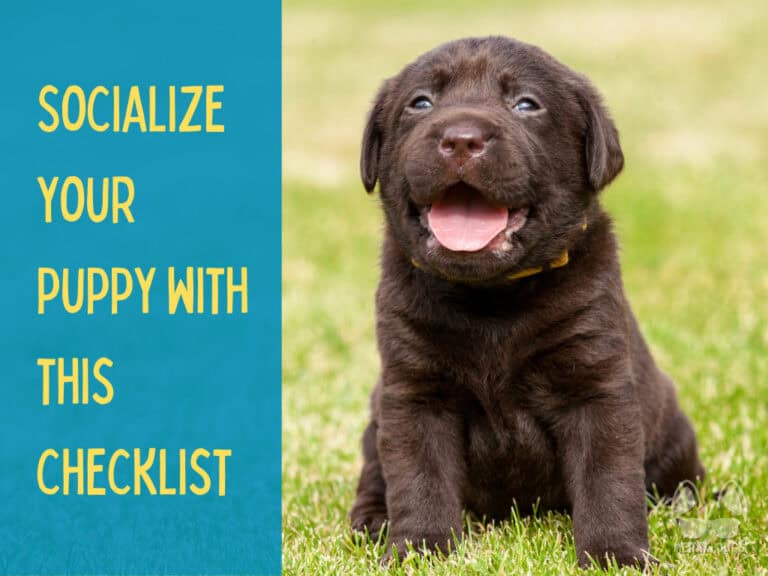10 Clear Puppy Potty Signs Every Dog Owner Should Know
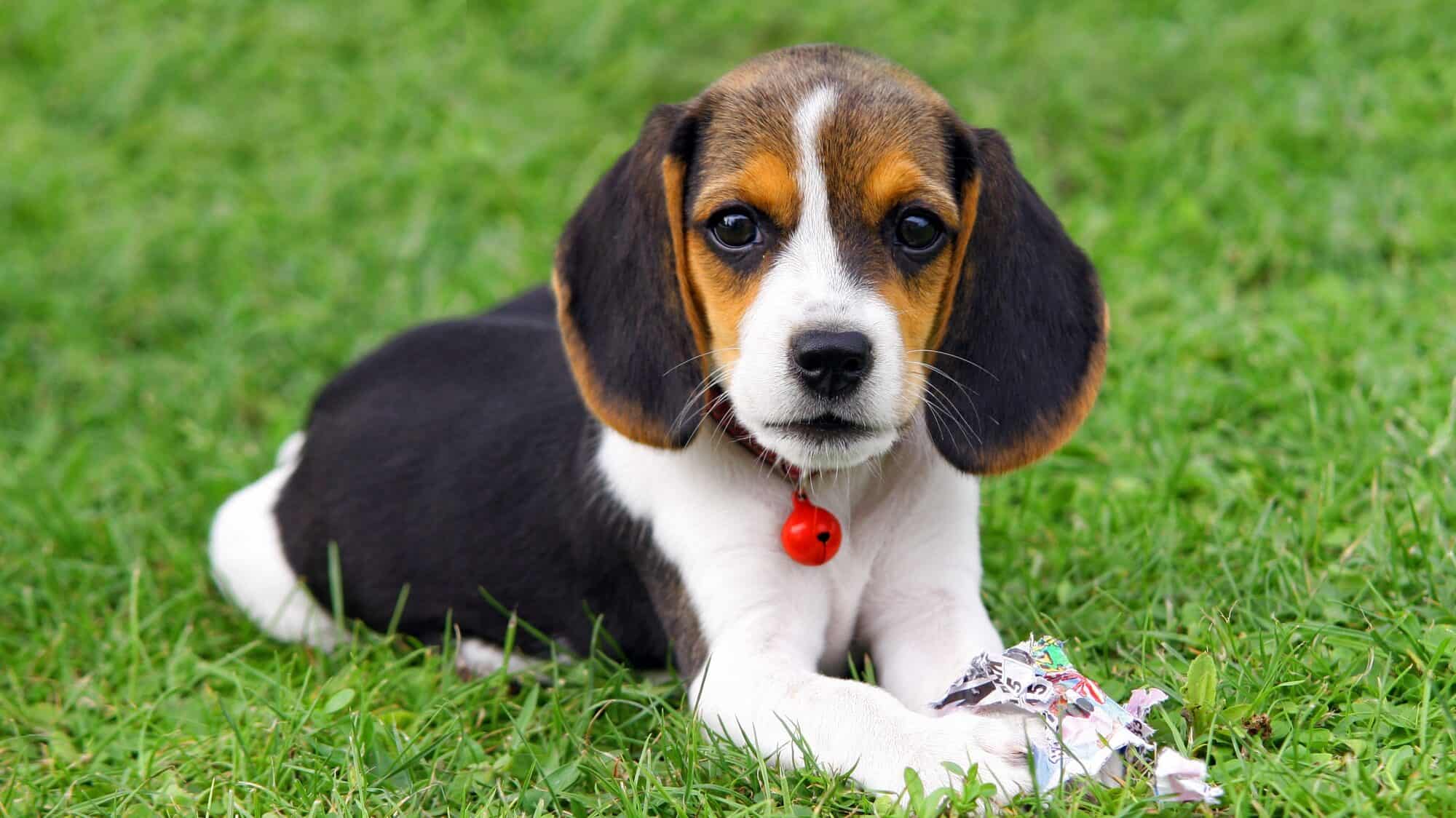
Meraki Dogs may earn a small commission when you buy through links on this site at no cost to you. See our disclaimer here.
Recognizing puppy potty signs is one of the most important skills for any dog owner. Puppies can’t say, “Hey, I need a bathroom break!” Instead, they rely on body language and subtle cues to communicate their needs. Miss those signals, and you’ll be dealing with accidents faster than you can say “where’s the paper towel?” Understanding these signs can make potty training much smoother for you and your pup, reducing stress and fostering trust. Let’s break down the 10 most common signs so you can avoid those messy mishaps.
Key Takeaways
- Puppies use specific behaviors, like sniffing or circling, to indicate they need to go potty.
- Acting quickly when you spot these signals can prevent accidents and reinforce training.
- A potty schedule and consistent routine are essential for success.
Why It’s Important to Recognize Puppy Potty Signs
Ever stepped into a surprise puddle in your living room? Then you already know why spotting puppy potty signs is critical. But there’s more to it than just saving your floors.
- Accident Prevention: Responding promptly to your puppy’s signals prevents indoor messes. This isn’t just about cleanliness—it also keeps your pup from forming bad habits.
- Building Trust: Puppies learn faster when they see you responding to their needs. Recognizing their signals reinforces that communication.
- Reducing Stress: Nobody enjoys the chaos of constant potty accidents, least of all your pup. Clear communication makes the process less frustrating for everyone.
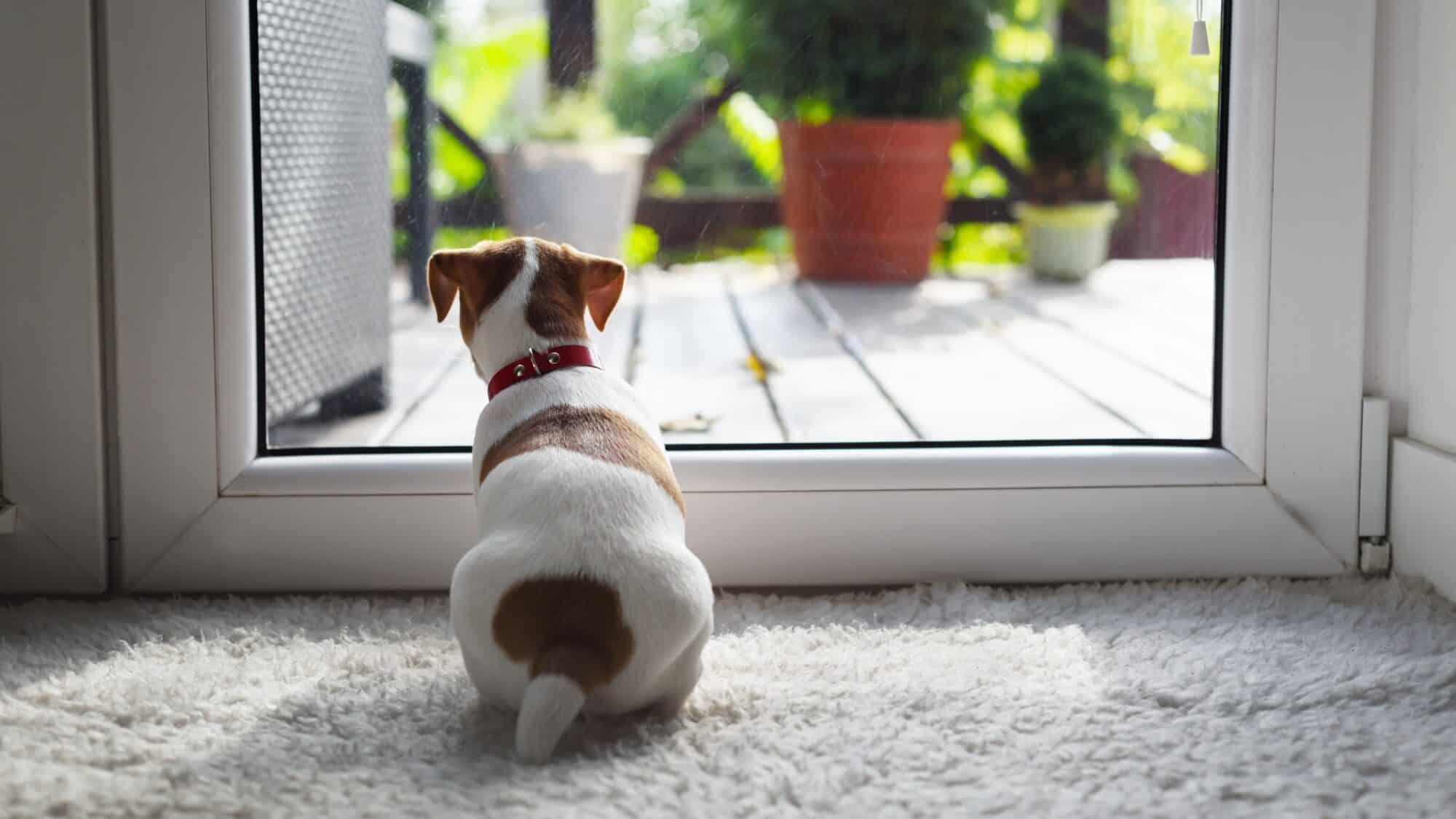
10 Common Puppy Potty Signs to Watch For
You don’t need to be a dog whisperer to figure out when your puppy needs to go. Watch for these telltale signs:
1. Sniffing the Floor
Dogs have incredible noses, and sniffing is how they scope out a potty spot. If your puppy suddenly starts sniffing like they’re auditioning for a tracking job, it’s time to get outside.
2. Lingering Near the Door
Does your puppy hang out by the door like they’re waiting for a pizza delivery? That’s a pretty solid hint. Add potty training bells to the door for an extra layer of communication.
3. Circling or Pacing
Think of circling as your puppy’s way of saying, “I’m looking for the perfect spot.” This behavior is common just before they go, so act quickly to avoid a mess.
4. Whining or Barking
A sudden burst of whining or barking—especially if it’s out of the blue—often means they need to go. Ignore this at your peril (and the peril of your carpet).
5. Sudden Panting
Panting isn’t just for hot weather or exercise. If your pup is panting without reason, they might be telling you it’s potty time.
6. Restlessness
Does your puppy seem agitated or unable to settle? Restlessness is often a signal they’re trying to hold it in but can’t for much longer.
7. Squatting
This is the ultimate “it’s happening now” signal. If your puppy starts to squat indoors, you have mere seconds to intervene.
8. Pausing Mid-Play
Playtime is serious business for puppies. If they suddenly stop chasing that squeaky toy, they might be focusing on something more urgent—like finding a place to potty.
9. Scratching at the Door
This one’s a no-brainer. Scratching or pawing at the door is your puppy’s way of saying, “Let me out before it’s too late!”
10. Sudden Changes in Behavior
If your puppy starts acting “off” or deviates from their usual behavior, consider whether they might need a bathroom break.
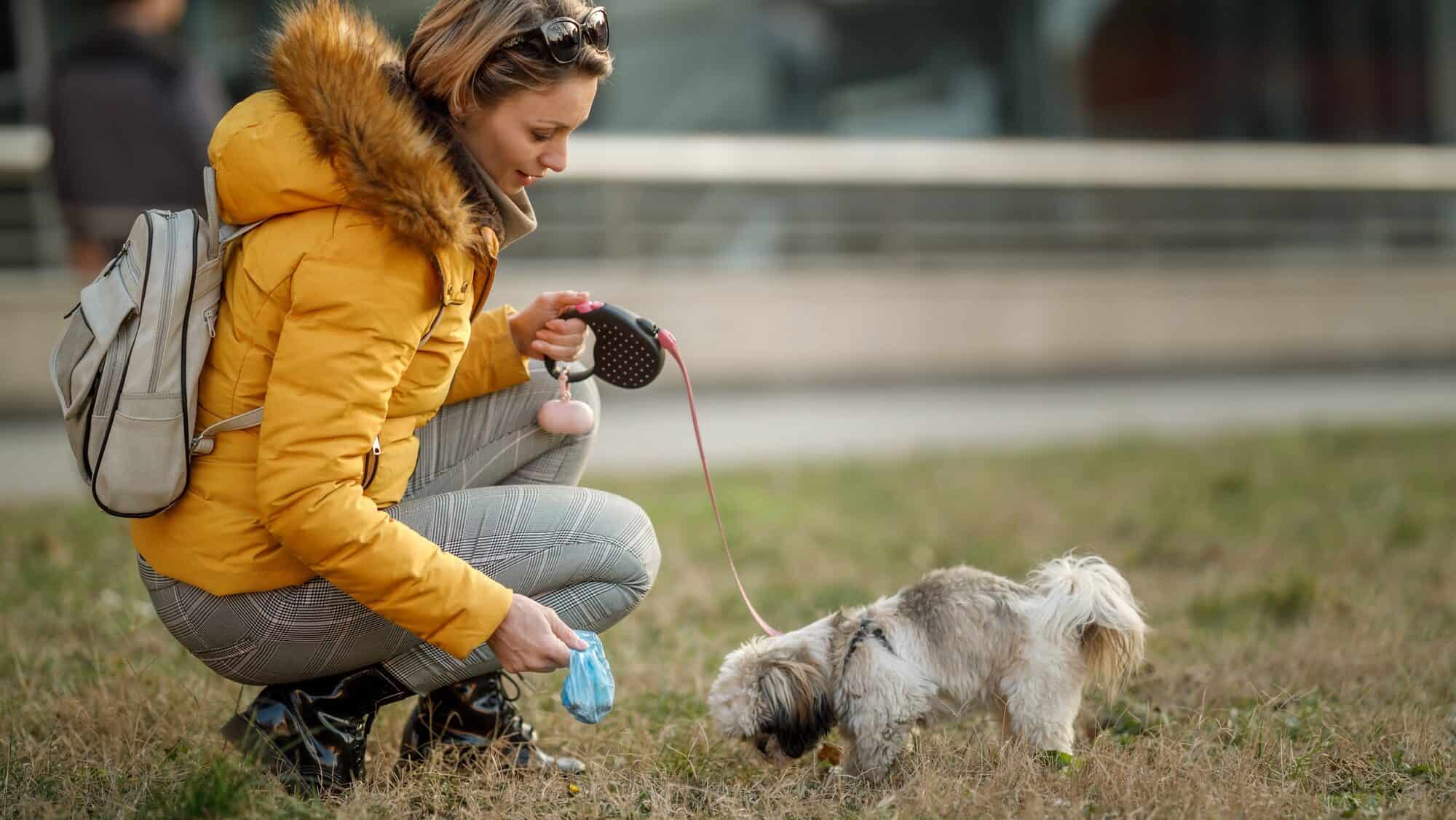
How to Respond When You Spot Potty Signals
So you’ve noticed the signs—now what? Speed is your best friend here.
- Stay Calm and Act Quickly: Panic only confuses your puppy. Calmly guide them to their designated potty area.
- Designated Area: Always take your puppy directly to your designated potty spot. Whether it’s outside or on an indoor grass pad, consistency is key.
- Positive Reinforcement: Praise and treats are your secret weapons. Celebrate their success to encourage repeat behavior.
Common Mistakes Owners Make with Puppy Potty Signs
Let’s be honest—house training isn’t always smooth sailing. Avoid these common pitfalls:
- Ignoring Subtle Signals: Waiting for obvious signs like squatting often means you’re already too late.
- Punishing Accidents: Yelling won’t fix the problem and can make your puppy afraid to potty in front of you. Use enzymatic cleaners to neutralize odors and move on.
- Inconsistent Schedules: Puppies thrive on routine. Stick to a potty schedule to minimize accidents.
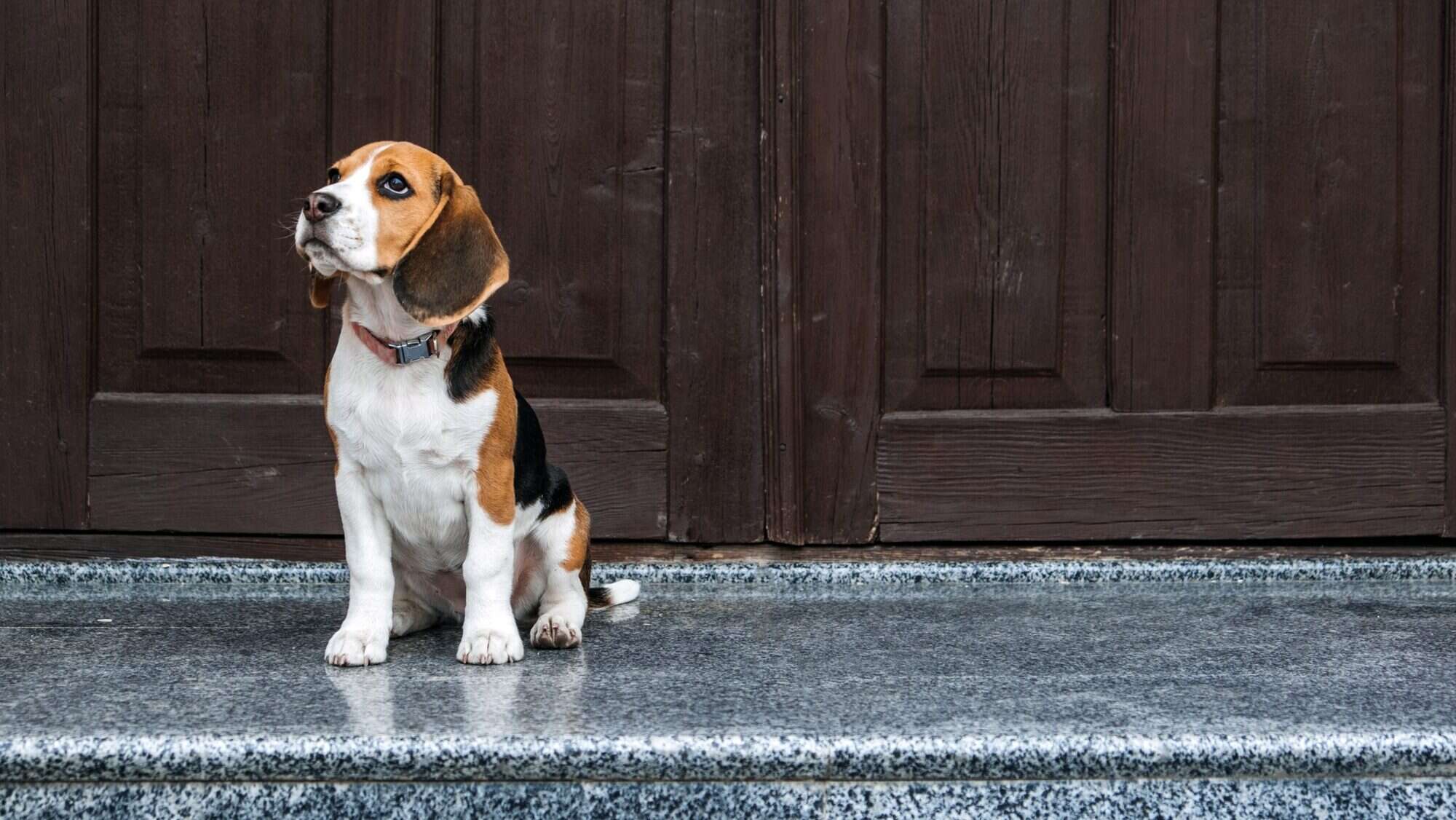
Tips to Train Your Puppy to Communicate Potty Needs
Wouldn’t it be nice if your puppy could just tell you when they need to go? Good news—they can, with a little training.
- Teach Potty Bells: Hang a set of bells by the door and train your puppy to ring them when they need to go out.
- Stick to a Schedule: A regular schedule helps your pup learn when to expect potty breaks.
- Reward Outdoor Success: Positive reinforcement works wonders when you want your puppy to quickly learn good habits. Treats and praise reinforce good habits.
Dealing with Specific Challenges
Some situations require a little extra effort:
- Puppy Potty Training in Winter: Cold weather can discourage outdoor trips. Bundle up and consider an indoor potty pad for emergencies.
- House Training Multiple Puppies: Create a separate routine for each pup to prevent confusion.
- Stubborn Training: If you think you may have a “stubborn puppy,” chances are they aren’t stubborn, and something could be wrong. Take your puppy to the vet to check for a UTI.
Frequently Asked Questions
How often should a puppy go potty?
Puppies need to go potty frequently—typically every 1-2 hours during the day, especially after meals, naps, and playtime. As they grow, their bladder control improves, and the time between potty breaks will lengthen. Stick to a consistent potty schedule to set them up for success.
What should I do if my puppy has an accident indoors?
Accidents happen! Stay calm, clean it up using an enzymatic cleaner to eliminate odors, and refocus on your training routine. Never punish your puppy for accidents—it can make them fearful and slow progress.
How can I teach my puppy to let me know they need to go outside?
Using potty training bells is a popular method. Hang the bells by the door and guide your puppy to ring them before taking them outside. Consistent practice and reinforcement will help your puppy associate the bells with potty breaks.
What’s better for training: puppy pads or outdoor potty trips?
The answer depends on your living situation. Apartment potty training with pads might be more practical. However, transitioning to outdoor potty trips is often recommended for long-term training when possible. The choice between a puppy pad and outside training comes down to your puppy’s needs and lifestyle.
What if my puppy doesn’t show any obvious potty signs?
Some puppies are subtle communicators. Stick to a regular puppy potty training timeline, take them out frequently, and observe their behavior closely. Over time, you’ll start to notice their unique signals, even if they aren’t immediately obvious.
Conclusion
Understanding puppy potty signs is the cornerstone of successful house training. From sniffing to circling, your puppy is constantly communicating their needs—you just need to learn how to listen. By responding promptly, avoiding common mistakes, and using positive reinforcement, you’ll have a well-trained pup in no time.
Start paying closer attention to your puppy’s behavior today, and remember: consistency, patience, and praise are your best tools. Don’t forget to join our newsletter for more puppy potty training tips and tricks!

